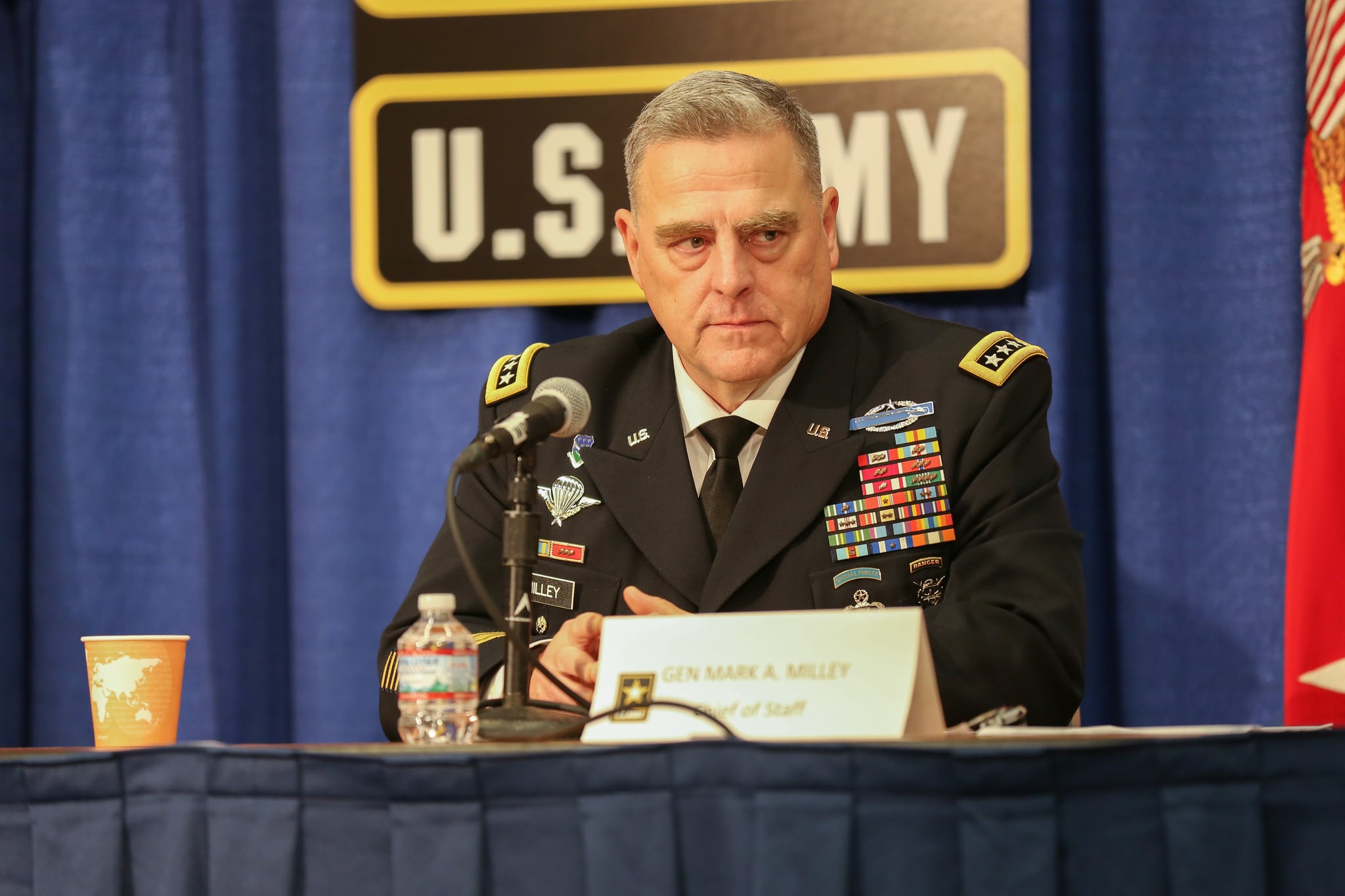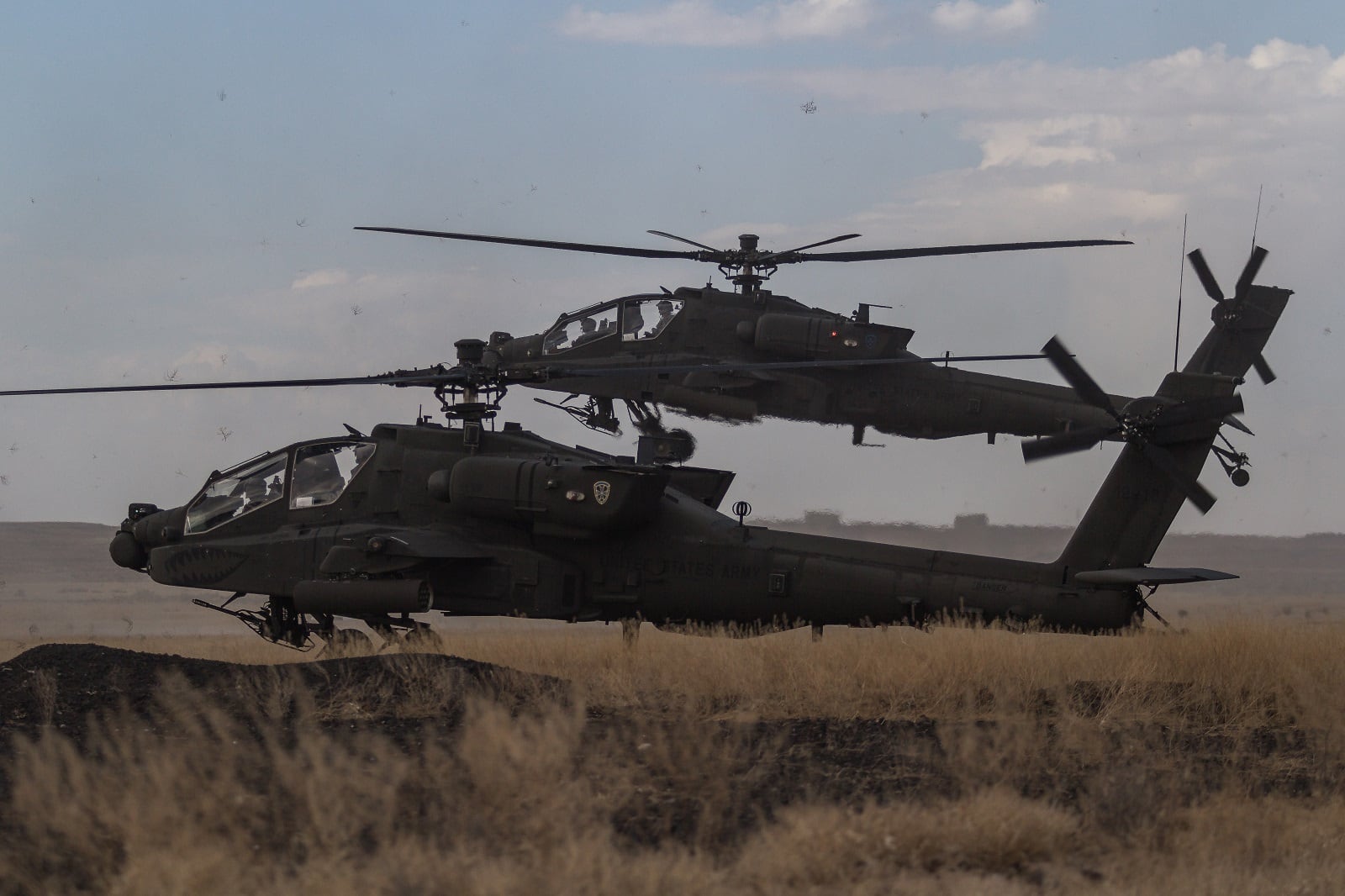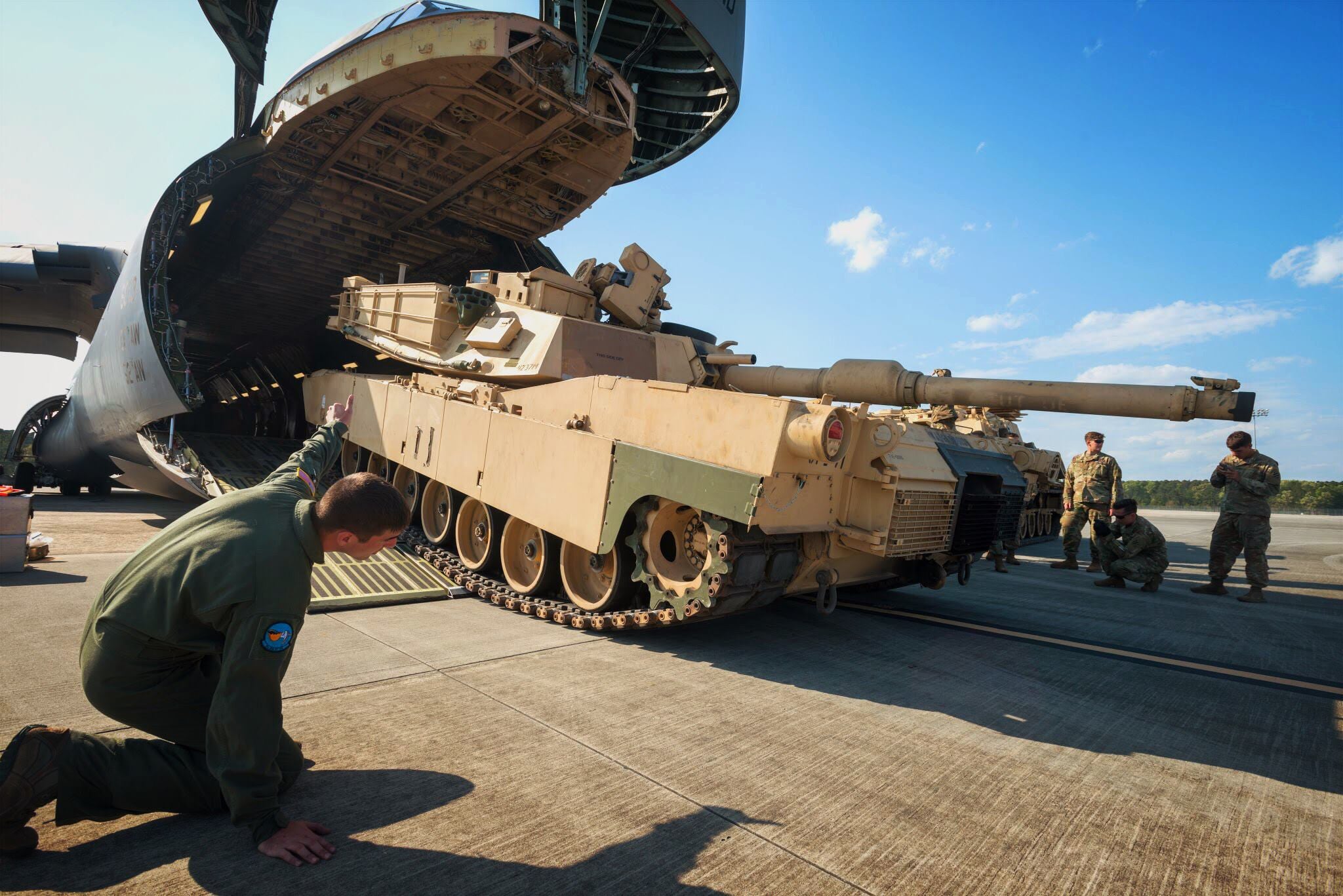The Army is working to pull itself out of a readiness crisis after almost two decades of continuous combat, coupled with waves of build-ups and drawdowns.
But thanks to an increase in funding over the past two years, the Army has been able to ramp up its brigade combat readiness from two out of 58 total, Army Chief of Staff Mark Milley told the House Appropriations Committee on Thursday.
“That is not to say we’re where we need to be,” Milley said.

The goal is to get 66 percent of the active Army’s BCTs to the highest level of readiness, he said, and the Reserve and National Guard’s teams to 33 percent, in the next three years. He didn’t say how many BCTs have achieved that level, but indicated in response to a congressman that it is more than five.
“Units aren’t built just overnight, and their readiness isn’t built overnight, as you know,” he said.
Part of that push will include bringing back headquarters elements from train-advise-assist missions in the Middle East and replacing them with Security Force Assistance Brigades, so that BCTs can work on boosting lost combat readiness.
“If the international environment stays the way it is this minute, we think with the glide path we’re on, we’ll achieve our readiness objectives – complete – somewhere around the 2021-22 time frame,” Milley said.
Aviation in “pretty good shape”
Multiple members of the committee asked Milley and Army Secretary Mark Esper about Army aviation, and particularly, the Army’s budget request for next year.
Rep. Martha Roby, R-Alabama, whose district includes the Army’s aviation headquarters at Fort Rucker, pointed to a billion-dollar difference between the Army’s fiscal year 2017 aviation budget and its request for fiscal year 2019.
In fact, Esper said, the Army had asked for $3.6 billion in 2017 but received $4.7 from Congress, so this year’s $3.6 billion request is a natural progression.
“So it’s not a planned decrease by the service,” he said. “We find at this point that because of the investments we made in previous years, the bump up in ‘17, that Army aviation cross the board is in pretty good shape.”
Milley echoed that sentiment on the topic of manning, as the Army in recent years has faced a shortage of aviators.
RELATED

“What I’ve seen is not so much a retention issue as a production issue,” Milley said. “We are short pilots, but we’re at 94 percent on warrant officer pilots for rotary wing aircraft. We’re actually not in that bad of shape.”
That is still several hundred pilots, he added.
To fix that, the service has looked to not only retention bonuses, but to increased funding at flight school to get more students through training.
“We’re filling all of the scheduled seats and we’re monitoring that very, very closely,” Milley said.
Meghann Myers is the Pentagon bureau chief at Military Times. She covers operations, policy, personnel, leadership and other issues affecting service members.





